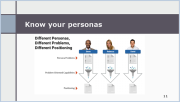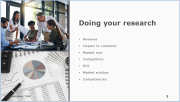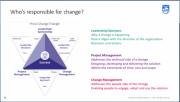The Atlanta Chapter of The Project Management Institute (PMIAtlanta.org), the world’s leading professional membership organization for project managers, announced tthe award winner for the Fall scholarship offered to undergraduate majors enrolled with our university partner, University of North Georgia. Submitted essays were based on the topic “Powering my career with project management skills."
The Atlanta Chapter chose the essay “Where will I be in five years?” written by student Hugh Pruitt, a freshman at University of North Georgia. Pruitt shared how he thought applying the PMI Talent Triangle would impact his work as a student and his future plans.
“No matter if I am working on an engineering task, volunteering at my local Humane Society, or holding a club activity at UNG, these PMI Talent Triangle skills are universal to ensure a tremendous result,” remarked Pruitt in his essay.
About The Scholarship
PMI Atlanta created an essay-based scholarship of $2500 to be awarded to two students each academic year who are interested in pursuing project management studies and making a difference in our profession. One scholarship will be awarded to an undergraduate student at University of North Georgia this Spring.
About PMI
PMI stands for The Project Management Institute. PMI is the world’s leading project management organization with over 600,000 Global Members and over 300 Local Chapters Internationally. The organization supports professional growth and development of project managers through education, professional development, certification, networking and other initiatives. The PMI Atlanta Chapter celebrated 40 years in 2021! The PMI Atlanta chapter is one of the largest and most dynamic chapters in the world with a leadership team that is diverse in origins, experience, expertise, and thought. Our chapter values are inclusiveness, volunteerism, and servant leadership. We have approximately 6,000 local members.
Visit us at www.PMI.org, and www.PMIAtlanta.org, LinkedIn, Facebook, and on X @PMInstitute.









